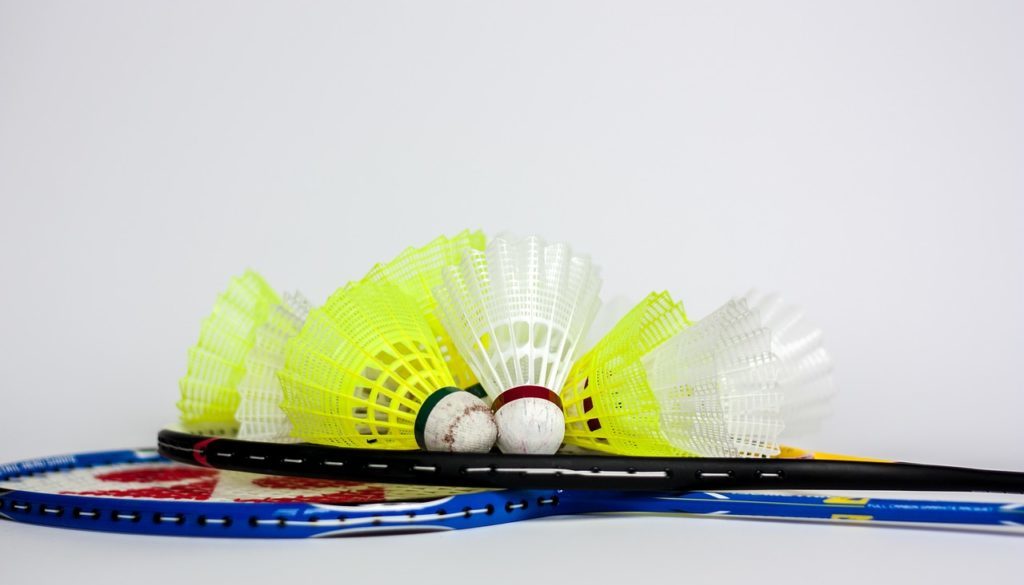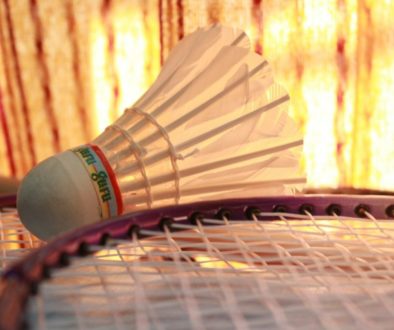Taking into account the basics of badminton, there are excellent drills for each part of the game especially when you’re beginning from the fundamentals.
How to hold and grip the racket
The best way to hold your racket is to position your hand as if you were giving a friendly handshake. Your thumb should be pressing comfortably against one of the wider surfaces of the racquet grip while the rest of your hand holds the racquet. The way you hold your racket can affect the flexibility of your wrist. Do not grip your racquet too tightly. This will make your wrist less flexible in rotating and flicking.
Use only your thumb, index, and middle finger to control the racket. Your last 2 fingers should rest comfortably on the badminton grip to balance the weight of the racquet. By doing this, it enables your wrist to be more flexible and move more freely.
Drills for Positioning
The fundamental position to learn is the ready position. It is around 6 feet behind the service line, keeping an equivalent distance from the edges of the court. Do prepare yourself with a fairly wide position: your feet somewhat more than shoulder-width separated. You ought to keep your body loose and not incline too far forward. If you are holding your racquet in your right hand, your right foot needs to be marginally in front of your left foot by about a large portion of a foot length, in the event that you hold your racquet in your left hand, then your left foot ought to be somewhat ahead. This will place you in the best position in order to play with agility against your opponent.
Drills for Movement
The idea is to quickly move to take the shuttle and then quickly return to your base. Agility is important, but body balance is equally important. If you do not have good body balance, you’ll lose time trying to stabilize yourself — in turn this gives you less time to return to your base. Every time you move away from your base to hit the shuttle, you MUST QUICKLY return to your base to prepare yourself for your opponent’s shot.



